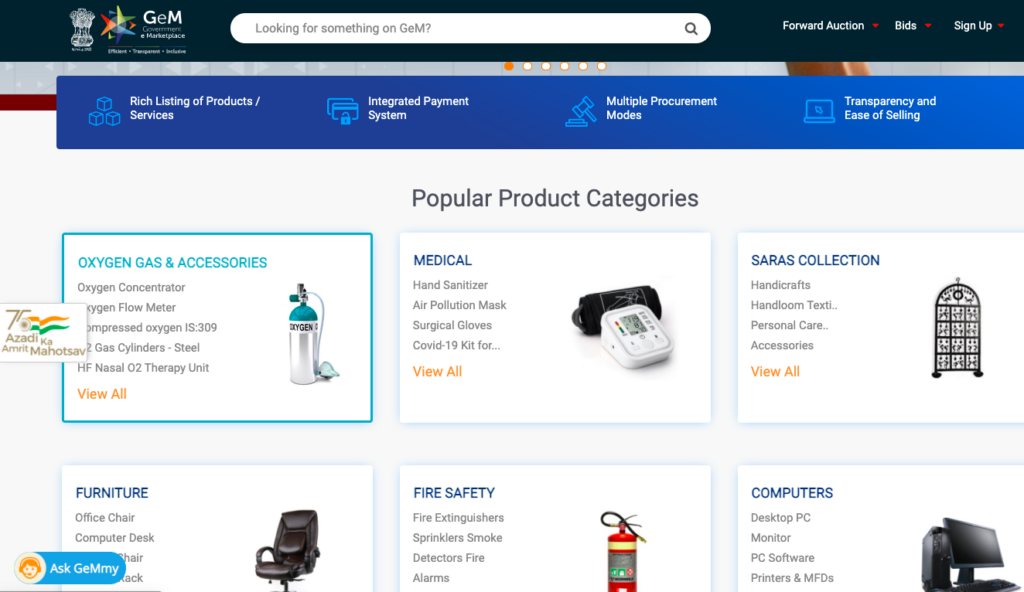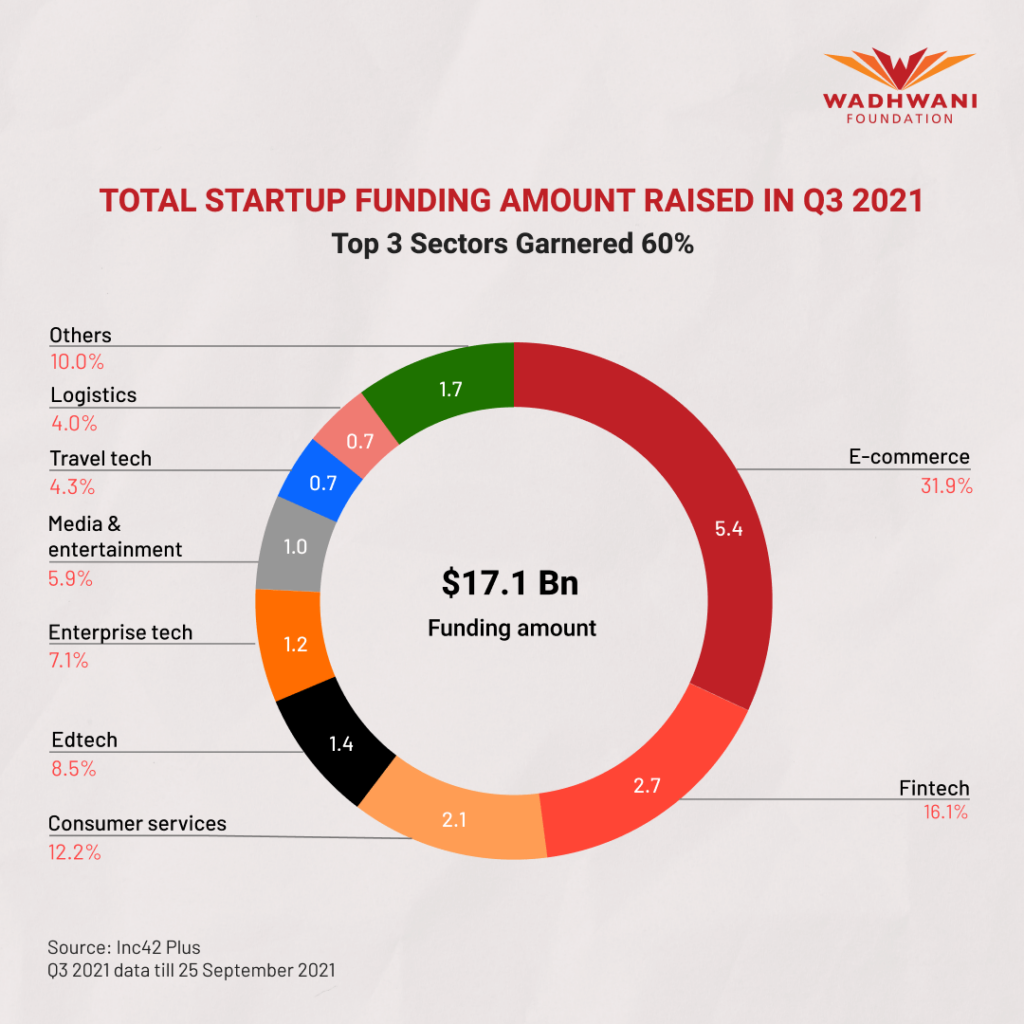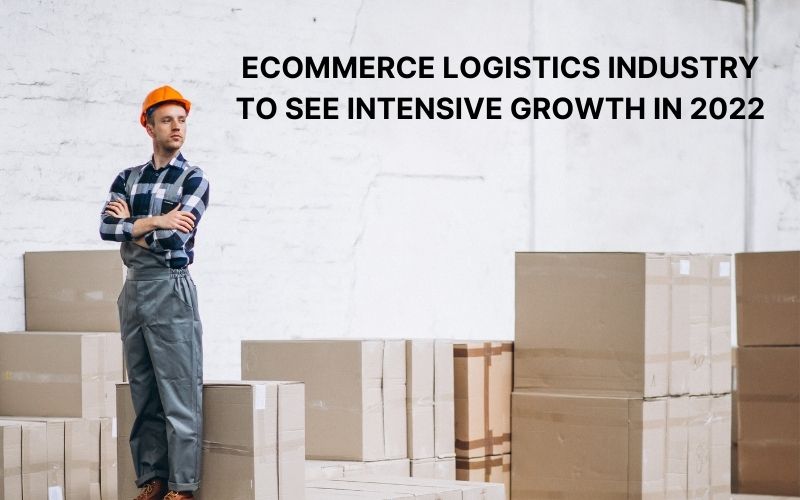Global efforts to build a resilient eCommerce logistic industry has resulted in a surge in investments in this sector. Let’s dig deeper to understand why and how this is happening in India.
Intensive growth for the Indian eCommerce logistics industry anticipated in 2023
For any eCommerce business to be successful, it needs to operate in an eCommerce friendly ecosystem. An eCommerce transaction doesn’t just refer to the customer purchasing an order online, but an entire network of people and sectors that make it happen!
A report by Ken Research has outlined the growth trajectory of the Indian eCommerce logistics industry. It is expected to grow to ₹492.8 billion by 2025 at a CAGR of 23.6%.
Here are the main reasons driving the growth of the eCommerce logistics industry in India:
1. Cheap smartphones and internet plans
In India, there are more than 800 million internet users. And the number is expected to rise to 900 million users by 2025. India is now the second-largest internet base in the world after China. Affordable internet plans and smartphones are the leading reasons for this growth.
Deep internet penetration has resulted in an eCommerce boom in the country.
2. Pandemic
The pandemic singlehandedly spearheaded the growth of eCommerce globally. Forced to remain in the confines of their own homes, people resorted to the internet to fulfil their needs.
From consumer durables to furniture, to products by DTC brands, there was a monumental shift from physical stores to online stores. As more people demanded doorstep delivery of products and services, the eCommerce logistics sector came under pressure.
3. Government initiatives
The government also realised the need to go digital. Government initiatives like the Government e-Marketplace, Atmanirbhar Bharat Abhiyaan, Digital India have helped in capacity building and empowerment of small business owners.
From technology-based solutions to easy access to credit, government initiatives have played a major role in inculcating an entrepreneurial eCommerce culture in India.

4. Growing demand from tier 2 and tier 3 cities
Even though the existing logistics sector could serve metropolitan areas efficiently, it faced a lot of stress in tier 2 and tier 3 cities. With demand booming in these areas, logistical infrastructure like proper roads, shipping and warehousing facilities, fulfilment centres etc. became urgently needed.
As several shopping trends for 2022 have shown, consumers have demands that keep evolving. For example, a survey done by Investp showed that between the age of 18-36, 56% of eCommerce customers want same-day delivery. What’s more? 80% of all online shoppers expect same-day shipping.
Consumers want speed, efficiency and convenience. These three things can only be achieved when the logistics supporting the eCommerce industry is strong and resilient.
Here are some changes that you can expect in the eCommerce logistics industry:
1. Budget allocations
Experts suggest that the Indian Union Budget 2022 would have necessary budgetary allocations towards infrastructure and logistics development.
Key infrastructure ministries slated to receive investments are; Roads, Transport and Highways, Railways, Shipping Ports and Waterways and Telecommunications.
All these industries form critical parts of a DTC eCommerce brand’s supply chain.
2. Increased focus on tier 2 and tier 3 cities

3. Rise in investments in the eCommerce logistics sector
There has been a 20% increase in investments in technology-based solutions that are helping automate and streamline eCommerce logistical processes.
On Instamojo, aspiring entrepreneurs can get a free online store fully equipped with features like shipping, CRM and inventory management. And all for the price of one masala chai – ₹10 per day!
Start your online journey today.

